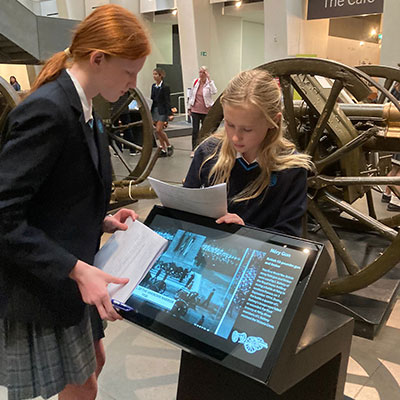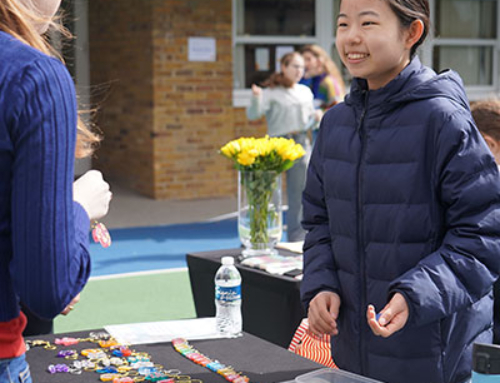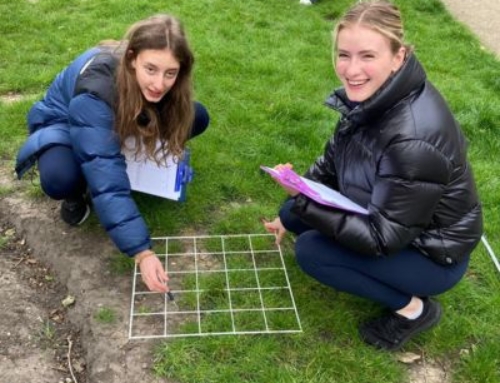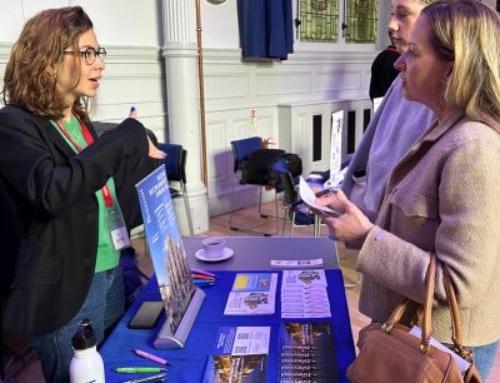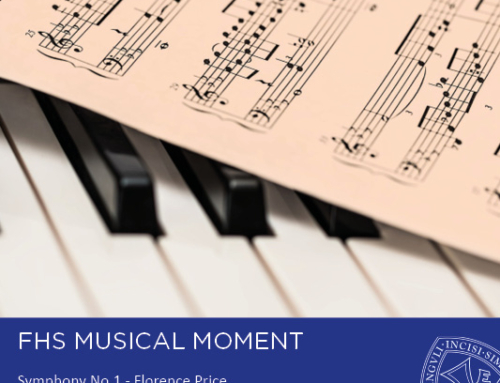The Imperial War Museum was such a thrilling experience. We started off the day by exploring the World War Two Galleries where we learnt about the origins and events of the War and how it spread across Europe and the world. Positioned around each of the rooms are many objects and artefacts such as uniforms, possessions and even one of the Dunkirk rescue boats! Every single artefact had such an incredible story behind it. One aspect which I enjoyed looking at was the house in the Blitz, with two types of bomb shelters on show.
We subsequently visited the new Holocaust Galleries which we all found to be incredibly moving. It featured many personal stories of citizens during the war. One story which I found particularly interesting was that of a young girl, Anita Lasker, who survived the Holocaust and is still alive today. Throughout the rooms there were numerous possessions, letters and clothing which all had plenty of meaning and a great story behind them. It all helped us develop our understanding of how the lives of people changed so rapidly.
After lunch, we then had a look at the World War One Galleries where we got to see some military equipment and propaganda posters, as well as experiencing what life in the trenches was like. Overall, I really enjoyed the trip to the Imperial War Museum as it really enhanced our knowledge of World War 1 and World War 2, and I will definitely be visiting again soon.
Jui, Year 9
On Wednesday 7 June everyone in Year 9 had the honour to visit the Imperial War Museum. Each and every one of us was so interested in this trip, not only to go more into depth about World War II, but also so that we could learn more about the Holocaust.
When we arrived in the morning, we went straight to the Learning Centre, where we were greeted by our guide, Sarah, and had a quick introduction. The Holocaust Galleries immersed you into everything that happened, and we got to understand something of the severity of what happened. We saw each victim as a soul, not a figure. We got to understand what this meant for those who died, those who survived, but also how this affects members of the Jewish faith nowadays. We had the privilege of learning about Anita Lasker, a young girl separated from her family being deported and never coming back. Then, Anita had saved many by forged papers, however she eventually got caught, and was not yet 18. She was imprisoned for a year, until eventually she was sent to Auschwitz. With Anita now a convicted criminal, she wouldn’t have been killed right away and her death was delayed. Anita’s family was musical, and she played the cello, so she joined the camp orchestra. This meant that she was given special treatment in the form of an extra ration of bread, which she traded for a red jumper, a red jumper which Anita said saved her life. The orchestra would have to play every morning and evening as workers were forced to march. They would also play as innocent victims were forced to gas chambers. They had to play for Nazi staff if they would like to wind down and listen to music, after they had killed thousands of Jewish people. She barely managed to survive Auschwitz, but she made it. After the War, she went to England where she met her husband, Peter Wallfisch.
Anita Lasker survived but many didn’t. On Wednesday, we got to stop and think about each and every single life lost in the Holocaust. We got to learn about injustices members of the Jewish faith received, and the prejudice that killed millions. We will forever remember the stories we were told on Wednesday, but most importantly, we will remember each victim of the Holocaust.
Emily, Year 9


